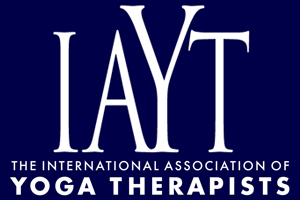Using Integrative Yoga Therapeutics in the Treatment of Comorbid Anxiety and Depression
This article describes the symptoms, causes, and treatments for anxiety, depression, and comorbid anxiety and depression. It provides strategies for addressing the hyper-arousal or hypo-arousal of the nervous system that is commonly associated with anxiety and depression. It explores research and theory on Yoga's potential for addressing comorbid anxiety and depression, and also discusses the specific approach of the Center for Integrative Yoga Therapeutics, a Yoga therapy center in Boston that specializes in the treatment of Yoga therapy for anxiety, depression, chronic pain disorders, and physical issues such as spinal anomalies or injuries. The described Yoga therapy approach includes a combination of prânâyâma (breathing practices) and Restorative Yoga, a practice of prone or supine postures that is designed to facilitate the relaxation response.
